Having commercial property inspections completed by seasoned professionals can allow insurance agencies to make more informed underwriting decisions, therefore helping to mitigate risk when taking on new properties.
1. Taking on a non-compliant property.
When someone is purchasing a new commercial property, it’s usually recommended that they do the following:
- Have an EPA Phase I environmental site assessment completed
- Perform a fire code sprinkler and safety inspection
- Ensure compliance with state, federal, and municipal regulations
If any of these steps are skipped, the insurer risks taking on a property with pre-existing issues. A thorough commercial field inspection should present any and all potential risks to the prospective insurer during the underwriting process, which significantly minimizes the likelihood that an insurer would unknowingly take on a high-risk property.
2. Taking on a property that is soon due for serious maintenance.
Commercial inspections can reveal a number of maintenance issues that a property presents, and some of this maintenance may need to be addressed sooner rather than later to avoid larger risks for insurers. For example, a commercial property may have a roof that has reached its useful life. If there are no immediate plans to replace the roof, it may lead to further deterioration of the property, therefore presenting increased risk for the insurance agency. A thorough commercial field inspection should point out future maintenance needs to the underwriter so that the property’s risk can be more accurately assessed.
3. Not considering previous use(s) for the commercial property.
While the commercial property today may be traditional retail space, it could have formerly been home to tenant that would be considered higher risk to insurers, such as a gas station. A commercial field inspection will take into consideration the property’s history and any potential risks that could be presented to insurers from the property’s previous use.
For more than 35 years, Insurance Risk Services has been partnering with insurance agencies in the property and casualty industry to provide accurate commercial inspections so that they can best decide which risks are worth taking. Please contact us to learn more about our commercial inspections and how they can help you to make more informed underwriting decisions.


